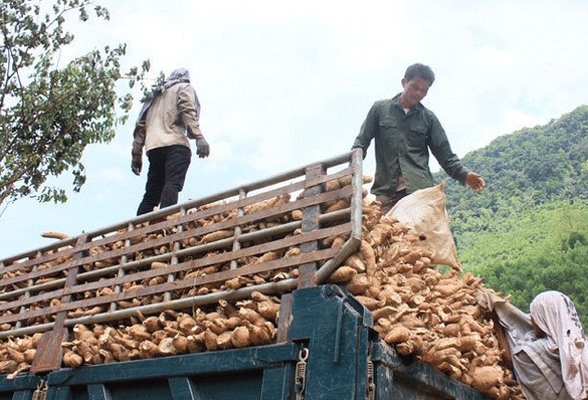 Economy
Economy

Cassava is one of Việt
 |
| The VCA has forecast the price of cassava chips will rise as 2017-18 cassava production will drop by 50 per cent compared to the previous crop. — Photo vietnambiz.vn |
HÀ NỘI – Cassava is one of Việt
Việt
The export value of cassava from 2013 to date has reached $1-$1.35 billion per year, ranking fourth in Việt
However, exports to
Việt
The amount of products shipped to
According to the Import-Export Department under the Ministry of Industry and Trade, demand from
Chinese customs data showed
Demand from
Chinese companies are considering the use of alternative materials such as corn, rice and vermicelli to produce ethanol as these materials are cheaper.
Lower supply
The VCA has forecast the price of cassava chips will rise in the coming time as 2017-18 cassava production is expected to drop by 50 per cent compared to the previous crop.
Cassava plantations cover 550,000ha nationwide with annual output of 10 million tonnes. The southern
According to Vũ Đức Trong, director of Tây Ninh’s Department of Agricultural and Rural Development, cassava production area in the province reached 61,636ha in 2016 but is expected to decrease to about 40,000 this year as a result of serious diseases.
Despite having imported millions of tonnes of fresh cassava from
There are currently about 150 cassava starch factories nationwide, 73 per cent of which operate on an industrial scale. Most cassava buyers plan to use it for bio-fuel production.
Cassava exports are expected to reach 150,000 tonnes worth $72 million in July, lifting the seven-month figures to 1.62 million tonnes with export value of $615 million, down 28.6 per cent in volume and up 8.8 per cent in value against 2017. – VNS




